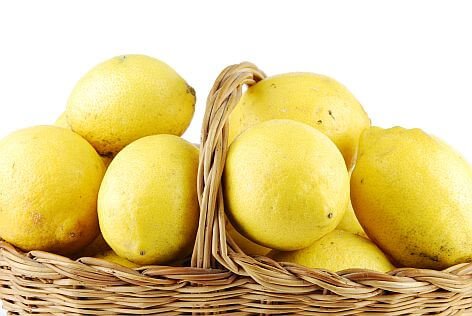Oklahoma State Fair 2017
The Oklahoma State Fair is about to open on September 14th, with all kinds of new and exciting things. There is a lot of stuff to do here for the ten dollar admission costs. This is an interview with Scott Munz , Vice President of Marketing and Public Relations about all the new and great things at this years event. Listening to this for a few minutes will give you a great overview of the fair and all the fancy new fair foods they have. Come hungry and come rested and be prepared to have a great time.!!! Oklahoma State Fair - Frequently Asked Questions!














